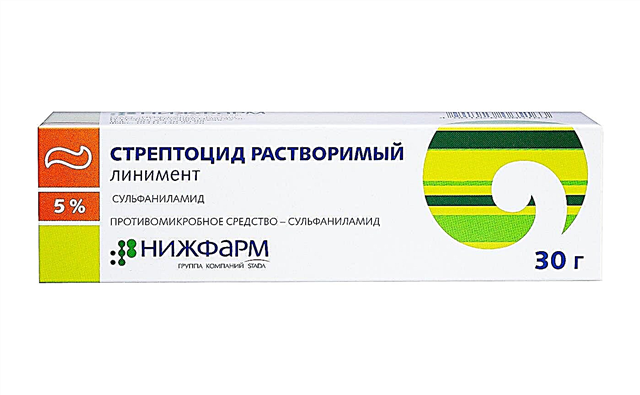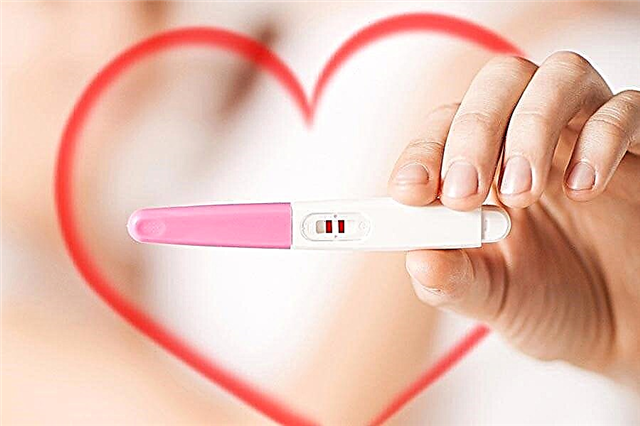
The woman's condition is monitored at each stage of in vitro fertilization. Doctors monitor the woman's laboratory parameters both in preparation for the puncture of the follicles and after it.
In the period after embryo transfer, certain tests are also prescribed that will help the doctor better understand what is happening in the patient's body. One of these tests is a blood test for D-dimer. Why it is recommended to do it after the IVF protocol and how to act if deviations from the norm are found, we will consider in detail in this material.

What it is?
The success of the protocol depends on a host of factors, including how well the patient's circulatory system works. A blood test for D-dimer allows you to understand what are the features of the processes of hemostasis. This complex term means more understandable - blood clotting. The ability of blood to quickly clot, if necessary, and to stop blood loss is due to the presence of platelets.
After the formation of a blood clot, it is important for the body to prevent clogging of blood vessels by this thrombus, and therefore the natural stage of fibrinolysis starts, during which special substances dissolve the clot and cleanse the vessel. The important parameters of this process are indicated by such an indicator as D-dimer.
The D-dimer itself is a protein fragment that remains after the breakdown of fibrin during fibrinolysis.
The analysis is not assigned to everyone, but only to women who have prerequisites for problems with hemostasis or those who have such problems were identified at the stage of preparation for the IVF protocol. The results of laboratory research allow us to conclude how thick or, conversely, liquid blood is. Both are undesirable for the successful completion of the IVF protocol.


It should be understood that a referral for such an analysis will be received only by the woman in whom the pregnancy has been confirmed by laboratory and using ultrasound. Up to this point, a blood test for D-dimer is not considered informative, although it is quite often prescribed before embryo transfer and after about the fifth day.
The most active will be monitoring the concentration of the substance in women who have previously experienced unsuccessful IVF attempts, have a history of strokes, in women aged 35+, as well as in women prone to high blood pressure.
For women who previously suffered from miscarriage or had experience of preterm birth after IVF, such an analysis is considered mandatory and extremely necessary.
Norms and deviations
The onset of pregnancy after IVF is in itself a good reason for changing the qualitative and quantitative blood parameters. The interpretation of the results of the analysis is rather free, because there is no single standard for the density of D-dimer in the blood.
The default concentration is 500 ng / ml. Everything below this value is the norm, everything above is a deviation from it.

In women who managed to become pregnant through IVF, the D-dimer is always slightly increased. The longer the gestation period, the more this indicator is increased.
In the first trimester, it increases by about one and a half times relative to the base rate, in the second - by two, and in the third, the indicator is increased by three times. After IVF, the level of D-dimer may be slightly higher than after natural conception. This is due to the peculiarities of the treatment cycle: a woman was stimulated with hormones, procedures were traumatic for her body, for example, follicle puncture was performed to obtain eggs.
Normal D-dimer value after IVF protocol.
If, after replanting, a multiple pregnancy has occurred, the density of this indicator may be even higher.

Reasons for deviations and action plan
Women with a high D-dimer are quite common in the IVF protocol and after it. Therefore, it is required to pass this analysis so that it is possible to correct the woman's condition in time and eliminate the threats of gestation and upcoming childbirth.
The natural reasons for the increase are processes that begin in the body of a pregnant woman almost immediately after the implantation of the planted embryos. The numbers indicating an increase in concentration indicate that the body has already launched a large-scale preparation for the future process of childbirth. Since it is always closely associated with blood loss, the body begins to "store" resources for future use, increasing the viscosity of the blood itself.
Pathological causes may be thrombosis, DIC syndrome, liver disease, early toxicosis, as well as the threat of miscarriage associated with placental abruption. Certain pathologies of the cardiovascular system in a woman, as well as age, may well serve as a valid explanation for the increase in the amount of D-dimer.
Decreased D-dimer is an alarming situation only when combined with increased clotting time. In this case, they speak of "liquid" blood, it is fraught with bleeding and loss of pregnancy. Consultation with a hematologist is required.


The action plan for detecting deviations is quite simple: first you will need to undergo additional examinations, visit a cardiologist, hematologist, or therapist if necessary. If the coagulogram (a detailed study of hemostasis) does not reveal gross pathologies, doctors choose the tactics of waiting and controlling the D-dimer in dynamics, the woman will simply have to do this analysis more often.
Depending on the degree of deviation, hemostatic drugs can be used. They are prescribed only by a doctor and only as a last resort. Usually, a pregnant woman after IVF is recommended to go to a hospital or visit a day hospital, where she will be injected with drugs under the supervision of a doctor.
All women who successfully completed the IVF treatment course, but faced the problem of liquid or thick blood after it, are instructed to strictly follow the doctor's recommendations and go to the consultation more often.
The correct drinking regimen helps to normalize the parameters of hemostasis: the expectant mother should drink 1-1.5 liters of water per day. Walks in the fresh air, in the park and square, located away from highways are useful. Reducing salt in the diet also allows blood clotting parameters to be brought close to the "pregnant" norm.
Vitamins are recommended for women. It can be multivitamin complexes, and individual vitamin preparations of groups B, C, as well as vitamin K. The dose of folic acid, which the expectant mother was recommended to take at the stage of preparation for entering the protocol, can be doubled. Insufficient folic acid content often causes an increase in D-dimer.
The strictest prohibition is imposed on essential physical activity. In no case should you sleep in fits and starts: a full eight-hour sleep at night allows you to normalize hemostasis indicators in a fairly short time.
Stress, quarrels and depression should also be completely excluded from the life of a pregnant woman who has come such a long way to achieve her goal. A woman is recommended to have a balanced and healthy diet, not to miss planned visits to the doctor, to take all the tests prescribed for the gestational age, and there are always a little more of them after IVF than during pregnancy that occurred naturally.
For more information on the danger of a high D-Dimer, see the next video.



